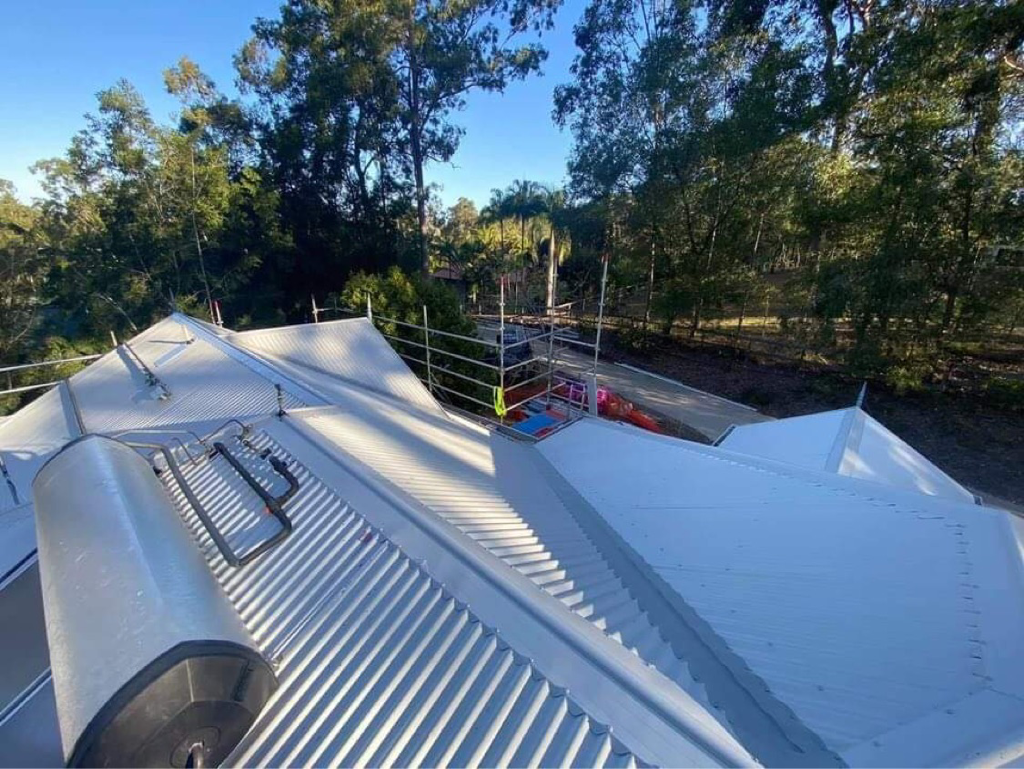What are the methods of roof inspection?

Roof inspections are important for figuring out potential points and making certain the longevity of your roof. Regular inspections can help detect issues early, stopping pricey repairs or replacements down the road. Here are some common strategies and steps for conducting a roof inspection:
Visual Inspection:
a. Exterior Inspection:
Start by examining the roof from the ground using binoculars or by safely climbing onto a ladder to get a better look.
Look for seen indicators of injury, similar to missing or damaged shingles, curling or buckling shingles, or loose or deteriorated flashing round roof penetrations.
Check for particles, moss, algae, or lichen progress on the roof, which may point out moisture-related issues.
https://roofrestorationcampbelltown.com.au/roof-plumber/ and downspouts for granules from shingles, as extreme granule loss can sign shingle put on.
b. Interior Inspection:
Go into the attic or crawl house and examine the underside of the roof deck for indicators of leaks, moisture, or water stains.
Look for daylight coming via cracks or holes in the roof deck, which can indicate roof injury.
Check for indicators of insulation damage, mold, or mildew growth, which might end result from roof leaks.
Roof Walk:
a. If it is protected to do so, walk on the roof floor to examine it up shut.
b. Be cautious and put on acceptable security gear, similar to non-slip sneakers and a security harness if wanted.
c. Look for any soft or spongy areas, which may point out underlying injury.
d. Check for loose or broken roofing materials, in addition to indicators of wear and tear.
Moisture Detection:
a. Use a moisture meter to detect hidden moisture within the roof construction and insulation.
b. Moisture detection might help identify leaks or areas of potential water intrusion that will not be visible.
Drone Inspection:
a. Drones outfitted with cameras can present a complete view of the roof floor without the need for direct bodily access.
b. A drone inspection can be particularly useful for larger or hard-to-reach roofs.

Professional Inspection:
a. Consider hiring knowledgeable roofing contractor or inspector to conduct a thorough inspection.
b. Professionals have the expertise, tools, and expertise to establish issues that may not be apparent to a house owner.
Documentation:
a. Document your findings with photographs and notes to create a document of the roof's situation.
b. This documentation may be useful for monitoring adjustments over time and for insurance claims or repairs.
It's essential to perform roof inspections frequently, ideally no less than once a year, and after severe weather events like storms. Additionally, when you're not comfortable or assured in your capability to perform a roof inspection safely, it is advisable to rent a certified roofing professional to make sure a thorough and correct assessment of your roof's condition..
